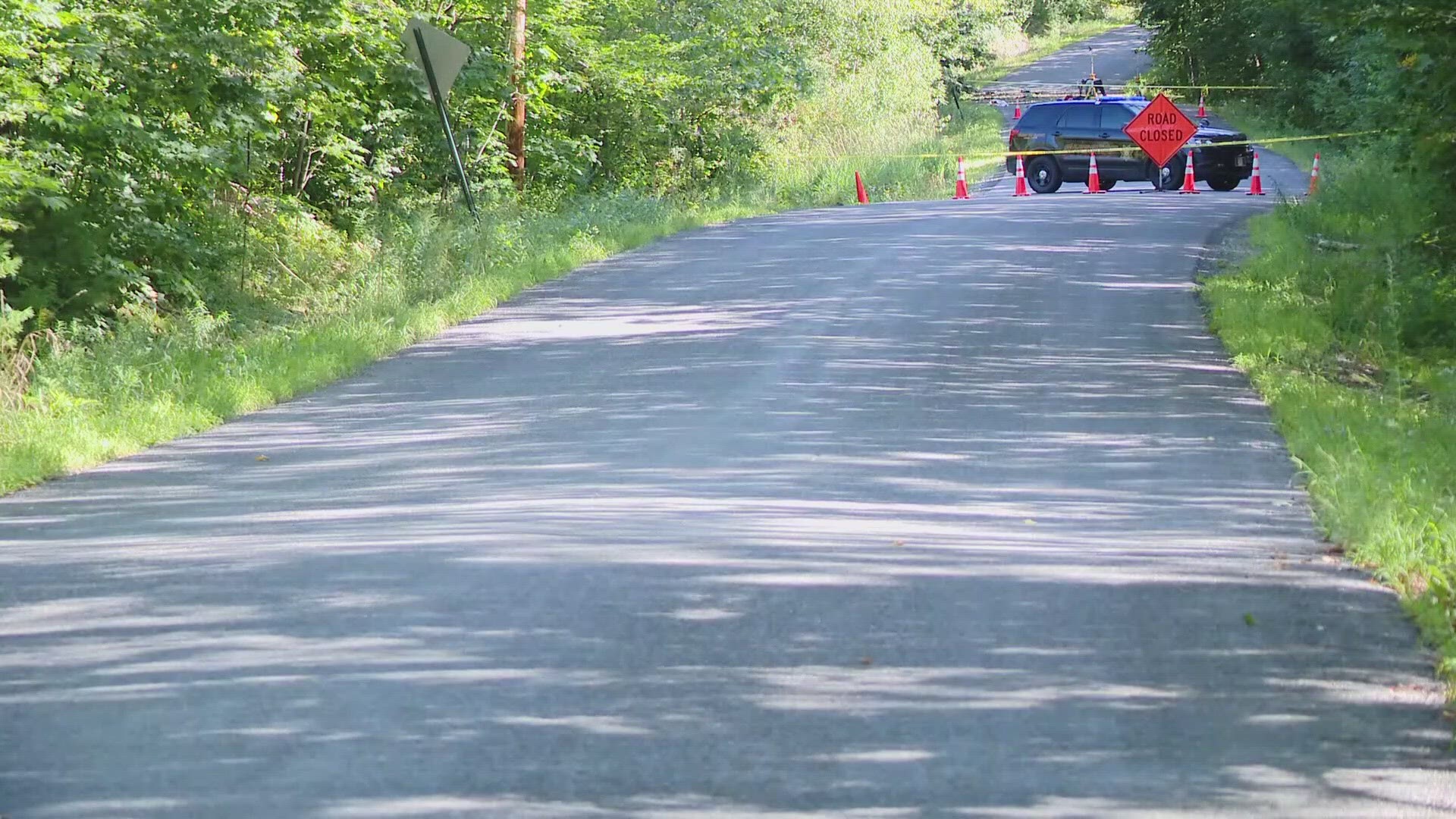LITCHFIELD, Maine — The National Transportation Safety Board released a preliminary report about the deadly plane crash in Litchfield that killed two people.
The report indicates that the plane took off from the Auburn/Lewiston Municipal Airport in Auburn just after 5 p.m. Aug. 22 for a training flight. Then, less than an hour later, the plane returned to the airport, performed a maneuver called a "missed approach" and went into a holding pattern.
Shortly after the maneuver, the plane went into a steep dive and crashed.
A witness on the ground said the plane's engine sounded normal, according to the report.
James Shepard-Kegl, 69, of North Yarmouth was identified as the instructing pilot, and 37-year-old Jumaane Omar Stanley Melville of St. Petersburg, Florida, was identified as the commercial pilot under instruction, according to a news release issued Aug. 24 by the Kennebec County Sheriff's Office. They were the only two individuals on the flight at the time of the crash.
The plane they were flying in was a Beechcraft 99 operating as a part 135 cargo flight.
A preliminary report filed by the Federal Aviation Administration indicates the plane was operated by Wiggins Airways, with flight number WIG634. Wiggins Airways is a cargo airline based in Manchester, New Hampshire, that serves the Northeast.
It was not clear in the latest NTSB report whether the missed approach maneuver was part of the training or if there was a problem in which the pilot was unable to safely land the first time.
The day after the crash, Ralph Hicks, a senior air safety investigator with NTSB, shared updates and fielded questions during a press conference.
Hicks said two pilots were in the aircraft, but the preliminary investigation was not able to determine which pilot was flying at the time of the crash because the plane was being used for training, and flight controls were available to both pilots. There was also no black box on the aircraft, and the pilots were not in contact with air traffic control.
Hicks added the crash was a "high-energy impact," with an angle of about 25 degrees before it hit the ground, causing a wide debris field of 200 yards. No evidence of a fire in-flight or post-crash was found, Hicks said. The investigation is expected to last several months, while NTSB works to interview possible witnesses and look into maintenance records and both pilots.
The investigation is expected to continue with final results coming within a year or two.

